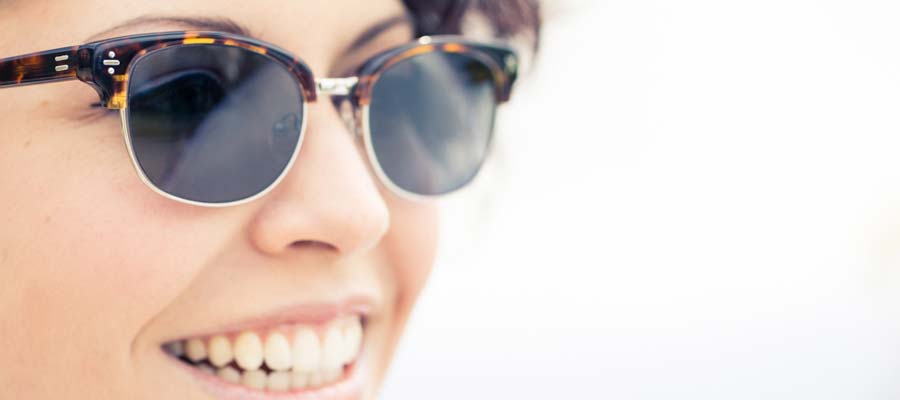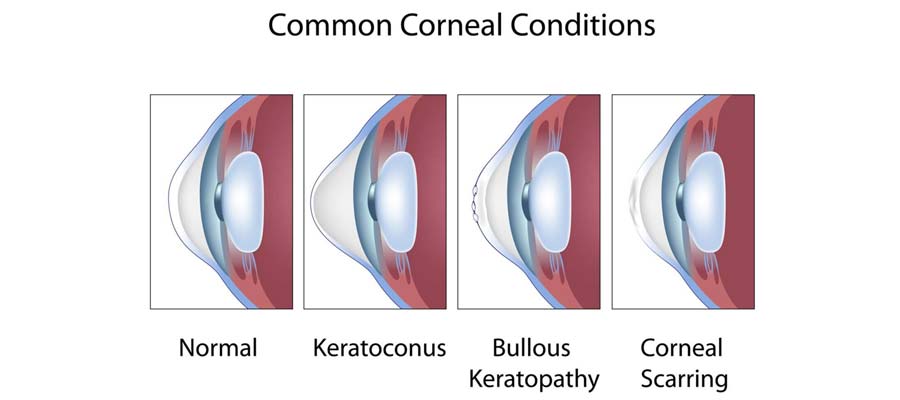Board Certified Eye Doctor Serving Edgewood Fort Lauderdale Florida
Are you searching for a board certified eye doctor in or near Edgewood Fort Lauderdale, FL? Dr. Maria Briceno Martin at Lakes Eye Care would like to show you what it means to have an eye doctor that cares work for you
Are you looking for a trusted eye doctor in or near Edgewood Fort Lauderdale, FL? If you are! There‘s a good chance that you will do what many of individuals in Edgewood Fort Lauderdale do! They go to Yelp seeking the best optometrist in Edgewood Fort Lauderdale. With that said it is crucial to point out that many polls show that individuals searching for Opthamologist more often than not end up with an inferior service than those whose ask for referrals from friends. That is because as of late many of Edgewood Fort Lauderdale eye doctor depend SEO companies to provide them with artificial reviews. Something you can’t fake is credentials and that is what Dr. Maria Briceno Martin at LakesEyeCare.Com bring to the table. People from all walks of life in both Broward and Miami-Dade come to see her because they anticipate getting nothing but the best a optometrist in or near Edgewood Fort Lauderdale, FL can offer! …and if you haven’t see an eye doctor lately perhaps it is time you do so.
Should You Receive An Eye Exam
If you wish to keep your eyes as healthy as is possible, you will have to invest time and money in regular eye exams. Below, we are going to review some info that you should think through when getting your eye exam; who to see, and when it must be done. Here are some things to deliberate.
- Personal Health History – One of the most important matters that it is advisable to consider when you are deciding if you should get an eye exam and what kind of eye test, would be your family members history. You must include your individual health history if you are figuring out whether or not to have one because plenty of eye conditions and diseases could be inherited through geneics. If your family has a medical history of eye diseases, you will be at increased risk also.
- Problems Seeing – In case you are having difficulty seeing, at day or night, you will have to get an eye exam completed. This way, it will be easy to understand what is causing your vision to become blurry. This really is something that you need to be taking very seriously since it could worsen if left unattended.
- Your Age – The older you are, the more likely you are going to have various eye problems which will need to be resolved.While a lot more youngsters are discovering their eyesight failing whether as a result of excessive hours spent on mobile devices or something else, you are definitely going to want to see the eye doctor a lot more frequently as you age. Folks who are 18 to 60 ought to have at the least one eye exam every 2 yrs. While, those that are 61 and older ought to have an annual eye exam.
- Earlier Eye Injuries – Another huge point that you need to consider with regards to identifying if it’s worth having an exam is whether or not you have a background of eye injuries that might leave you vunerable to eye degeneration.
Who Should You See?
There are actually different kinds of eye care pros that you can choose from. Below, we will be laying out suggestions to figuring out the person you should see.
- Optometrists – This eye doctor is normally who you should call if you have rather healthy vision and you only need simple alterations and adjustments such as glasses, contact lenses, and more. They will likely be competent at treating eye diseases also, however they might not likely be trained or licensed to conduct surgery.
- Ophthalmologists – These are typically medical doctors that specialize in specific eye care and they are certified and trained to perform eye surgery of a certain nature. They may also be better suited to treat many types of eye diseases and conditions.
- Opticians – Opticians are not medical doctors. They may be eye care experts who are taught to fitting glasses.
Overall, there is lots that you ought to be considering when you are planning to get your eyes examined. Ideally, you shoud have them examined routinely and every so often. Should you be someone with a specific condition or perhaps you are at higher risk for a specific worstening eye condition, you will want to increase your visits to be much more frequent. when it is all said and done we only have one vision and it is imperative that we take care of it… For additional information about the role of an optometrist please, take a look at our blog where we talk about thing like Optica. And if you haven’t visited your Edgewood Fort Lauderdale eye doctor lately contact us. We will love to show you why families who seek the best eye doctor in Edgewood Fort Lauderdale aren’t satisfied with nothing but the best…


